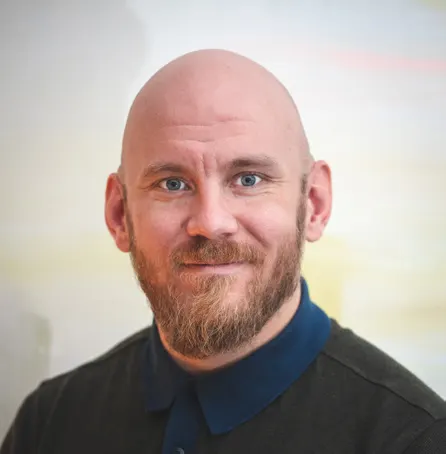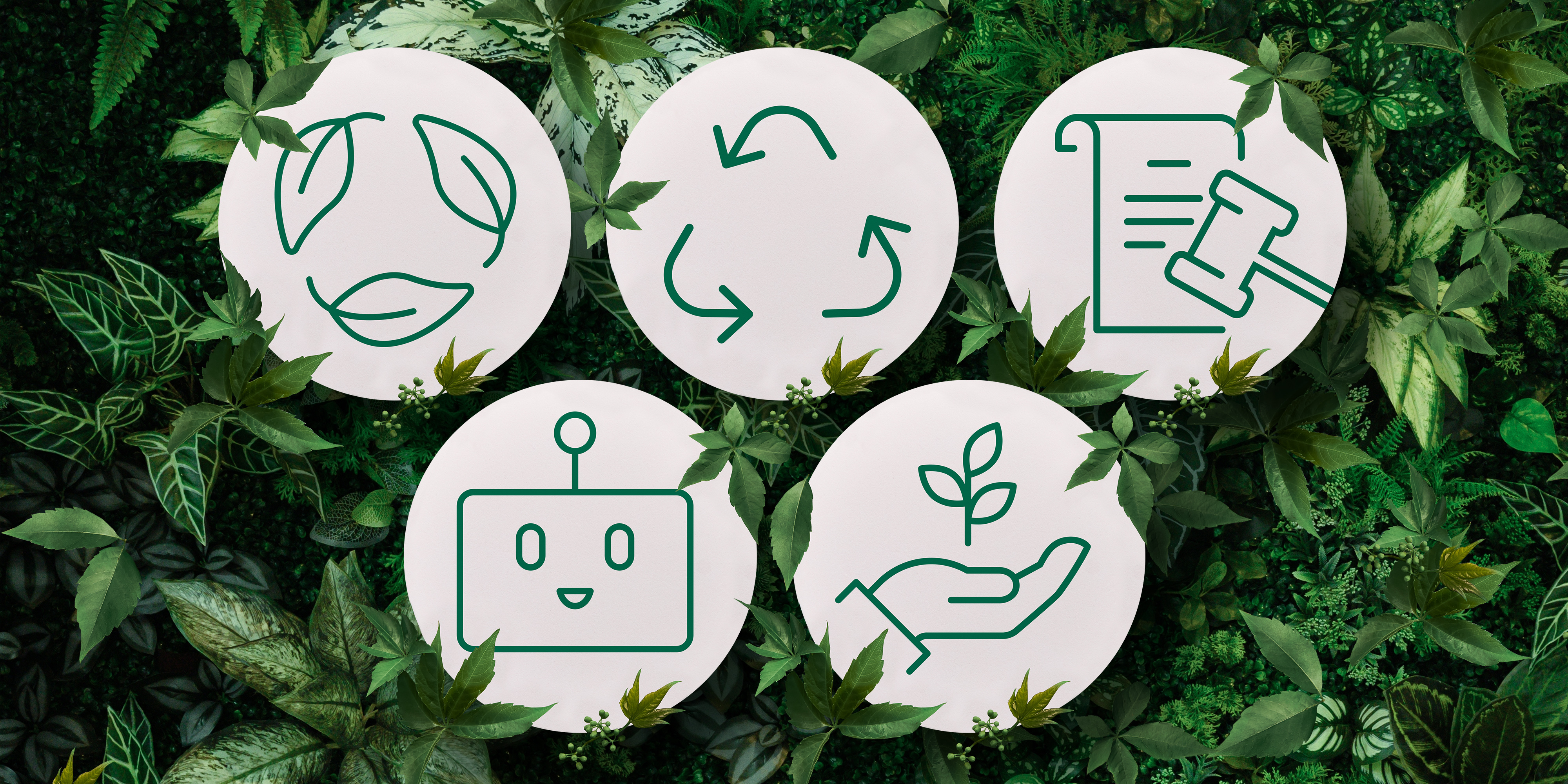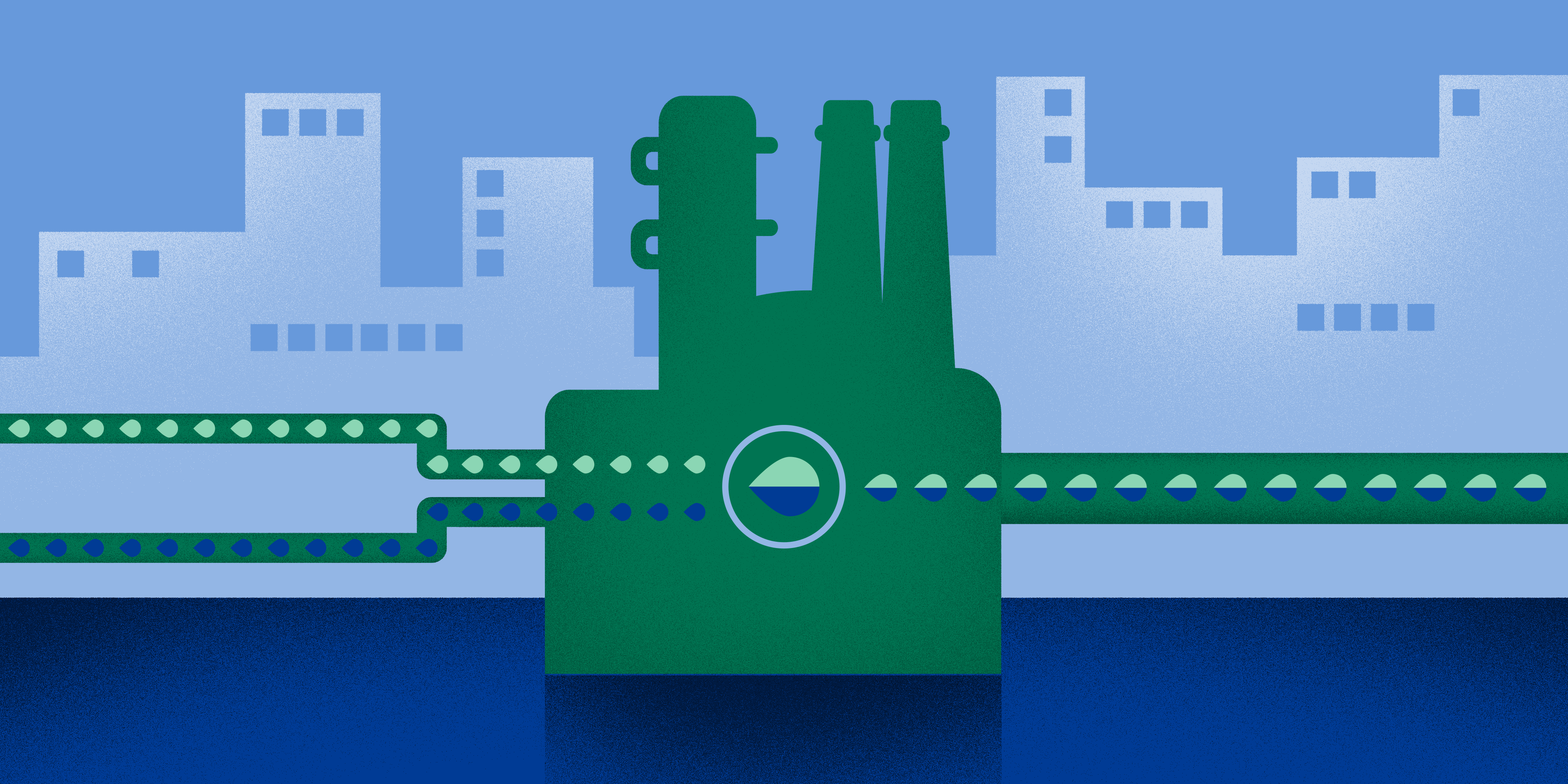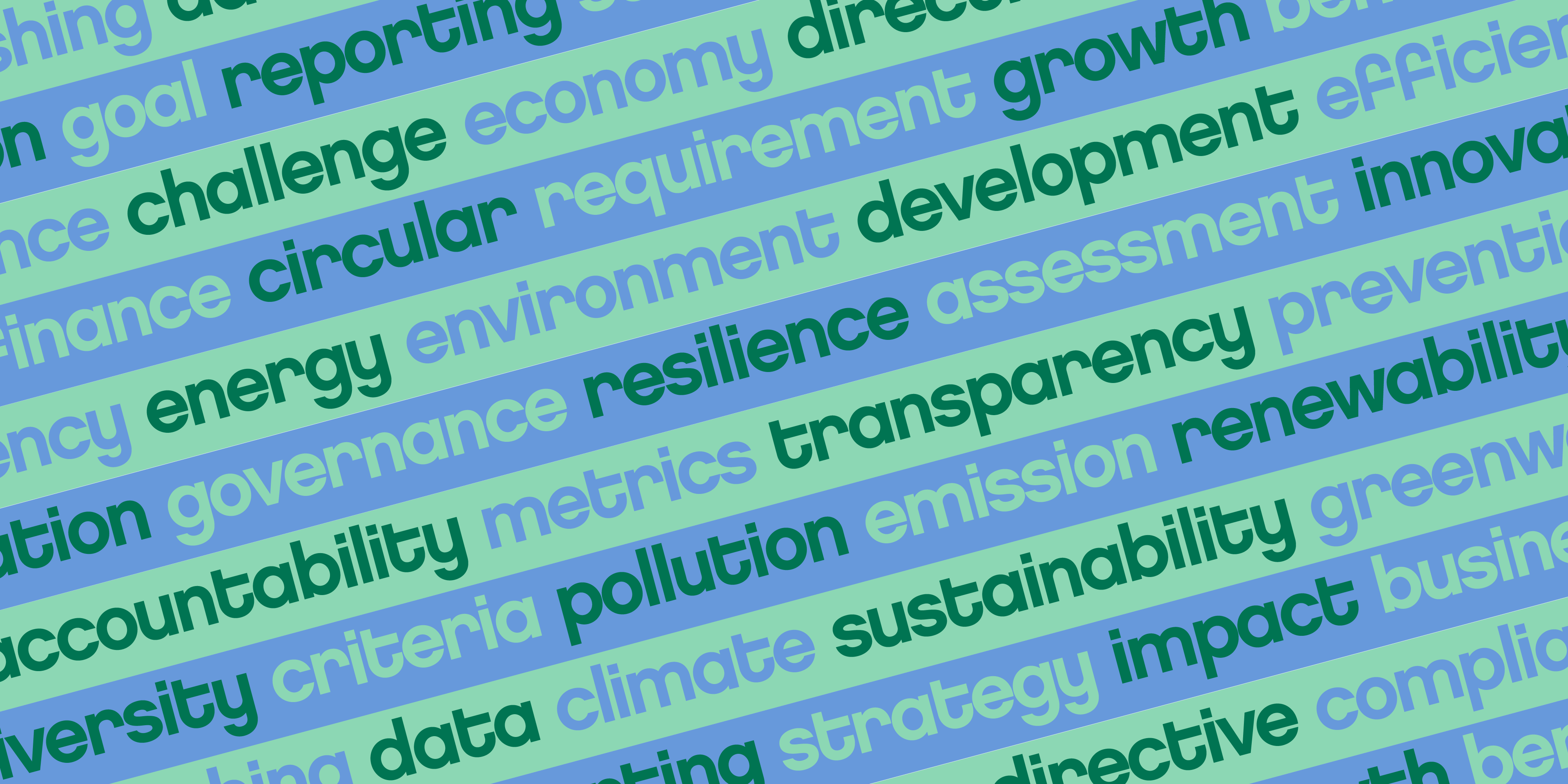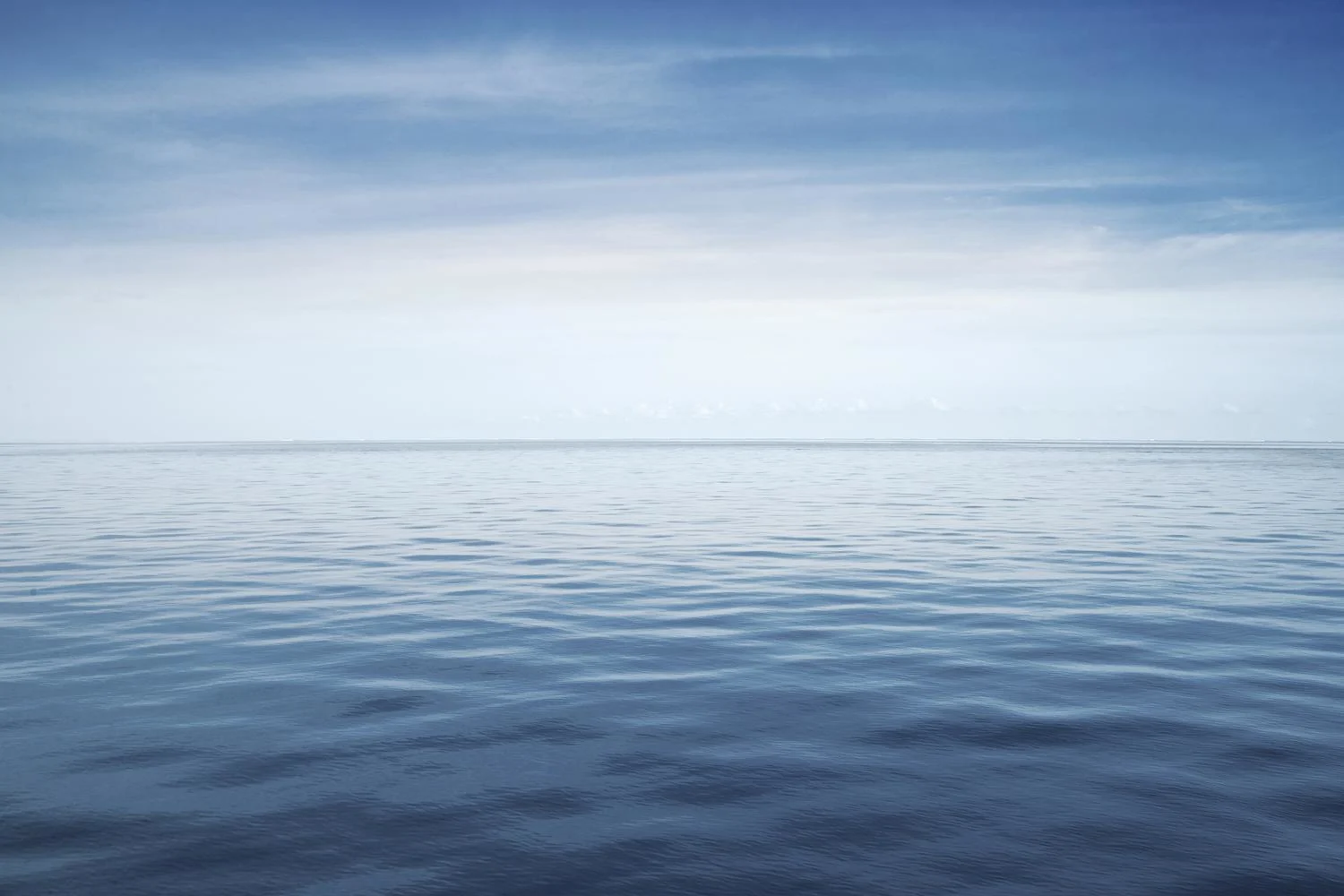
Sustainability
8 minute read
Through the eyes of a pioneer: 3 watershed moments in the story of renewable fuels
Pekka Tuovinen, retired Senior Advisor on Sustainability, saw firsthand Neste’s transformation from a regional oil refining company to a global leader in renewable fuels. Here Tuovinen lists three moments that he considers groundbreaking not only to his career but to Neste and the industry around it.
1) From an oil agency to a modern listed company
In May 1991, Pekka Tuovinen wanted an honest answer.He was applying for a position at Neste, which was an established regional refiner and supplier of oil at the time. Tuovinen was at a job interview up on the higher floors of Neste’s office building in Espoo, Finland, waiting for his chance to ask a question.
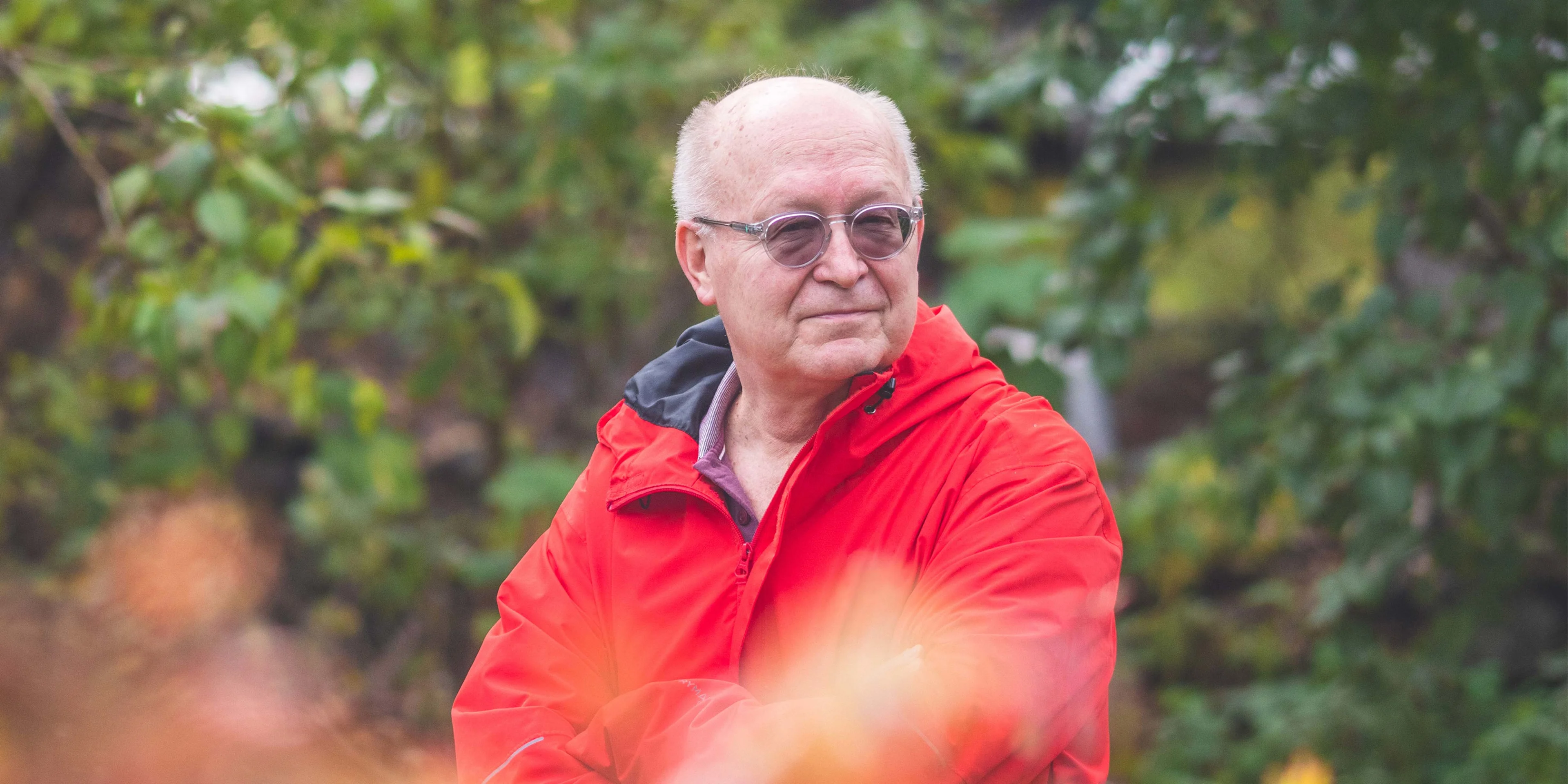
In 1969, Neste had established an environmental protection unit, which had since been managed by an experienced civil engineer Airi Laiho. Laiho was looking for a new environmental protection manager, which was the position Tuovinen was applying for.At the end of the job interview, Laiho presented Tuovinen with a chance to pose questions. Tuovinen wanted to know just one thing: would the job require him to act against his conscience?
“Airi’s answer was a firm ‘no’,” Tuovinen reminisces in his Helsinki home, 30 years later. “That is something I have held on to.”
Tuovinen wanted to know just one thing: would the job require him to act against his conscience?
Tuovinen was hired, and he started as an environmental protection manager at Neste’s refinery in Porvoo, a town in Southern Finland. His 30-year-long career ended as he retired in the fall of 2021. During his career, he witnessed Neste’s transformation from a regional oil refinery to a global pioneer in renewable fuels and circular solutions.
As Tuovinen describes it, Neste was still viewed as a “major polluter” in 1991.Around the same time, Neste’s transformation journey took a major leap forward.In the fall of 1991, a new sulfur facility opened at the Porvoo refinery, which reduced the refinery’s environmental impact significantly.
However, the biggest change was in the attitudes inside the company. Tuovinen emphasizes that not everything can be solved through investments and technologies alone. The ideals of sustainability should encompass the entire organization, from its operating principles to the working culture.
“They used to call upon the environmental protection unit for opinions only when it was necessary. That attitude started to change during the 90s,” Tuovinen says.
In 1995, Neste was listed on the Helsinki Stock Exchange. The Finnish government was still the largest stakeholder, but the everyday operations changed.
“We became a genuine public company, not just a state oil agency. Our communications became more systematic and transparent. We adopted guidelines for listed companies in our reporting.”At the end of the 90s, an ever-greater change than enlisting on the stock exchange took place, as Neste and the electricity and heat-production company Imatran Voima (IVO) merged. The new group was called Fortum.
Tuovinen took it upon himself to ensure that all parties would realize that sustainability was a common pursuit.
Tuovinen took it upon himself to ensure that all parties would realize that sustainability was a common pursuit. No one unit can create it or force it.
“I told the managers that if advice was needed, it would be given, but no one should try to hide their responsibility in the matter. By the end of the 90s, we had almost ten years of practice on environment-friendly and sustainable approaches and reporting. And that is when we finally started to see concrete results."
The long-lasting efforts were rewarded in the year 2000, when Neste’s annual sustainability report was selected as the best in Europe.
“We had the best results as per the indicators at the time. Our environmental performance was top-notch and our reporting excellent,” Tuovinen says.
2) Neste becomes Neste again but with a new direction
Neste’s story as part of Fortum ended in 2005, as the oil business once more separated into its own company. The company enlisted on the stock exchange as Neste Oil.
In a few years, the world had changed. Renewable products, sustainability and the ideals of circular economy were the new buzzwords, but only a few operators had concrete actions to show for to back these ideals. Behind the scenes, Neste was preparing to make a bold decision that would change the course of the company for decades to come.Tuovinen gets excited as he remembers those moments 15 years ago.
“I was sitting on the same floor with Risto Rinne, Neste’s CEO at the time. Risto used to often think aloud whether we were in the right line of business to begin with. He thought hard about the future and the fact that we should have a bio component in our production.”As it happened, Neste already had one.
In 1996, Neste had secured a patent for refining biomaterial. Back then, the renewable fuel market was so small that the interesting invention was left on the shelf, biding its time.
And that time was at hand.
“Fortum had sold everything that Neste had had: the oil and gas reserves as well as the chemical industry facilities. We were left with only the oil refinery and fuel retail business. That turned out to be a great asset. We were not hindered by problems concerning larger companies. All units worked in close cooperation, with no internal competition,” Tuovinen says.
Neste made a decision with long-lasting consequences: the future of the company would be in renewable products.
Our Board of Directors was bold enough to choose a completely unique direction for growth
“Our Board of Directors was bold enough to choose a completely unique direction for growth. We had real quality leadership and an understanding of the world having changed.”
Tuovinen points out that the change was based on Neste’s strong research and product development. Thanks to this, the company had world-class competence that could be used to produce new renewable products.
Tuovinen was elated to hear the news on the new direction of the company. He had been appointed as the new sustainability director of the new Neste, and now he could make history with his colleagues.“It was wonderful to see that we had the competence and courage to make big decisions.”
3) To a global pioneer of renewable products
Tuovinen explains that the transition to renewable products was not an instant success. For the first years, the operations ran at a net loss, and there were a lot of doubters.
“We thought customers would come banging on our door, as our product was extremely good. However, that was not the case.”
Tuovinen is thankful for the state-owner’s patience. Tuominen suspects that an owner seeking quick profits might have pulled the plug already in the beginning.
“The state had faith and courage to trust in us eventually making it – this was an issue of trust, more so than anything else. Credit must be given where it is due.”
It also took its time to find the right raw materials for the new renewable products. From the beginning, Neste drove sustainable palm oil production by pushing for the creation of industry standards and product traceability. Tuovinen himself was involved in devising Neste’s applications both for the RSPO (Roundtable on Sustainable Palm Oil) and ISCC (International Sustainability & Carbon Certification) standards.
Neste drove sustainable palm oil production by pushing for the creation of industry standards and product traceability
However, the regional environmental impacts of palm oil production had negative publicity, and Neste was forced to explain the actions of many of its palm oil suppliers.
This was a source of frustration for Tuovinen.
“For the entire time, we were trying to establish that we pay for traceability and certified products and that we wanted to set an example. After 15 years, it seems that people are slowly starting to come around, as the words still hold true.”
Neste’s engineers continued the quest for sustainable fuel sources and developed purification technology for utilizing any natural waste oils, such as used cooking oils from restaurants, in the production of renewable fuels. This led to a drastic increase in the variety of raw and waste materials that could be turned into fuel.
Production of renewable diesel fuel was started in Porvoo, and Neste opened refineries producing renewable products in Singapore in 2010 and in Rotterdam, Netherlands in 2011. Today, Neste is the largest producer of renewable diesel and sustainable aviation fuel in the world. The share of waste and residues out of Neste’s total renewable raw material inputs grew to 92 percent in the first half of 2021.
In addition to renewable fuels, the company has sought new growth in the production of renewable chemicals, polymers, and sustainable aviation fuel in the last few years. Neste seeks to be a global leader in renewable and circular solutions and circular economy solutions.
This is something that pleases the former sustainability director Tuovinen. He explains that he retired from a very different company than he entered in the fall of 1991, leaving the company in good hands.
In the company management, everyone understands that they are also managing sustainability
“In the company management, everyone understands that they are also managing sustainability. It is an extremely positive situation,” Tuovinen says.
”As long as Neste remains a forward-looking company, I’m pleased. Just keep going full steam ahead.”
But why would a pioneer such as Neste specifically come from Finland, Pekka Tuovinen?
“We Finns are very sustainability-oriented and conscious of the environment. We spend time at summer cottages, walk in nature, pick berries, and fish. We are people of the woods,” he says with a laugh.
Tuovinen’s family gave him a circular saw for his retirement gift. He has used it to build a whole bunch of birdhouses that are now waiting to be fixed up on trees for birds to move in.
A man of the woods himself, it seems.
Credits: Tero Ikäheimonen, Writer and visual storyteller whose work has appeared in AFP, CNN, and leading Finnish newspapers.
